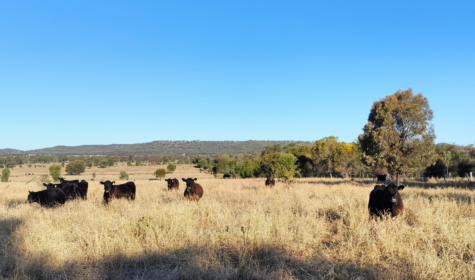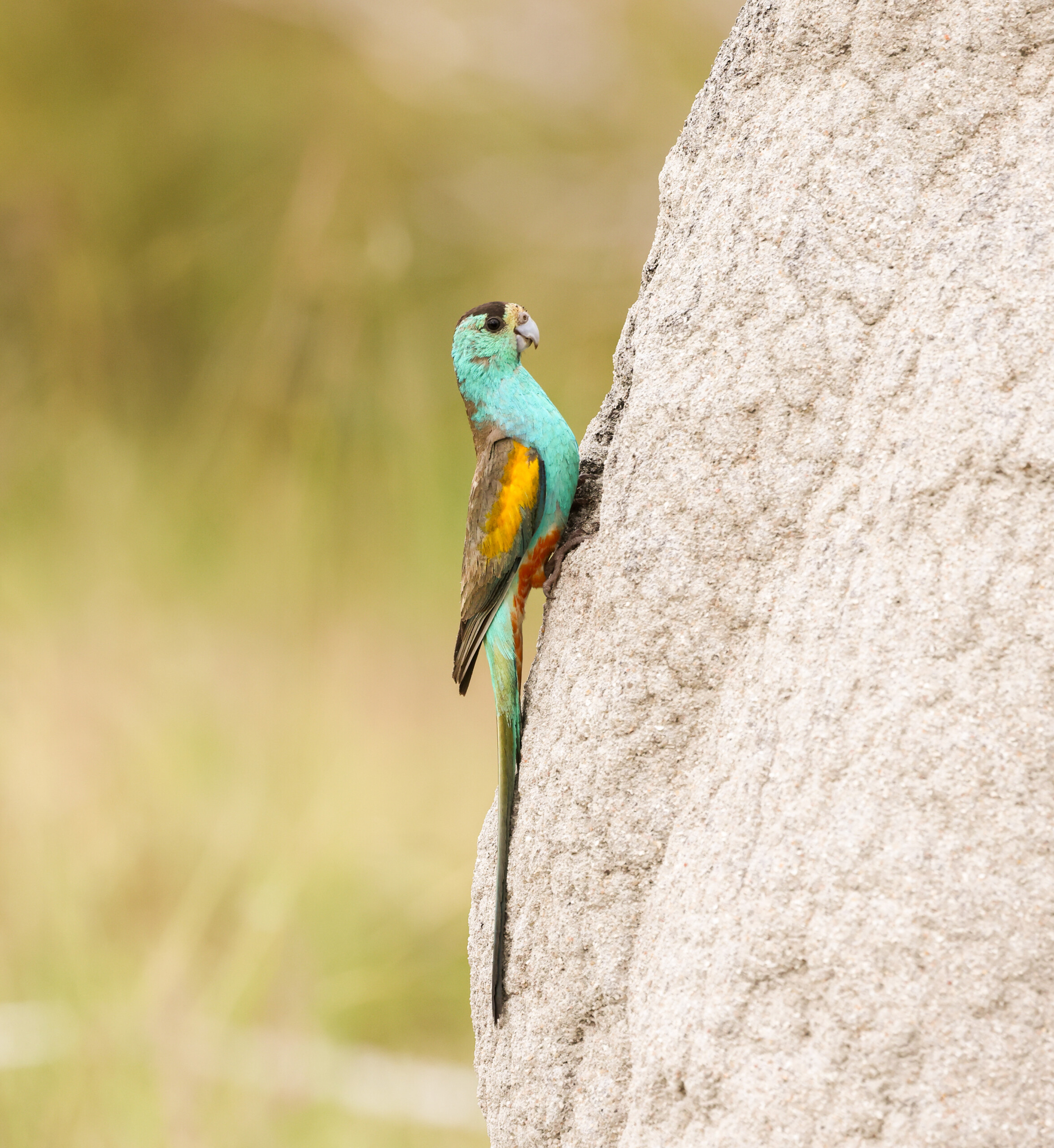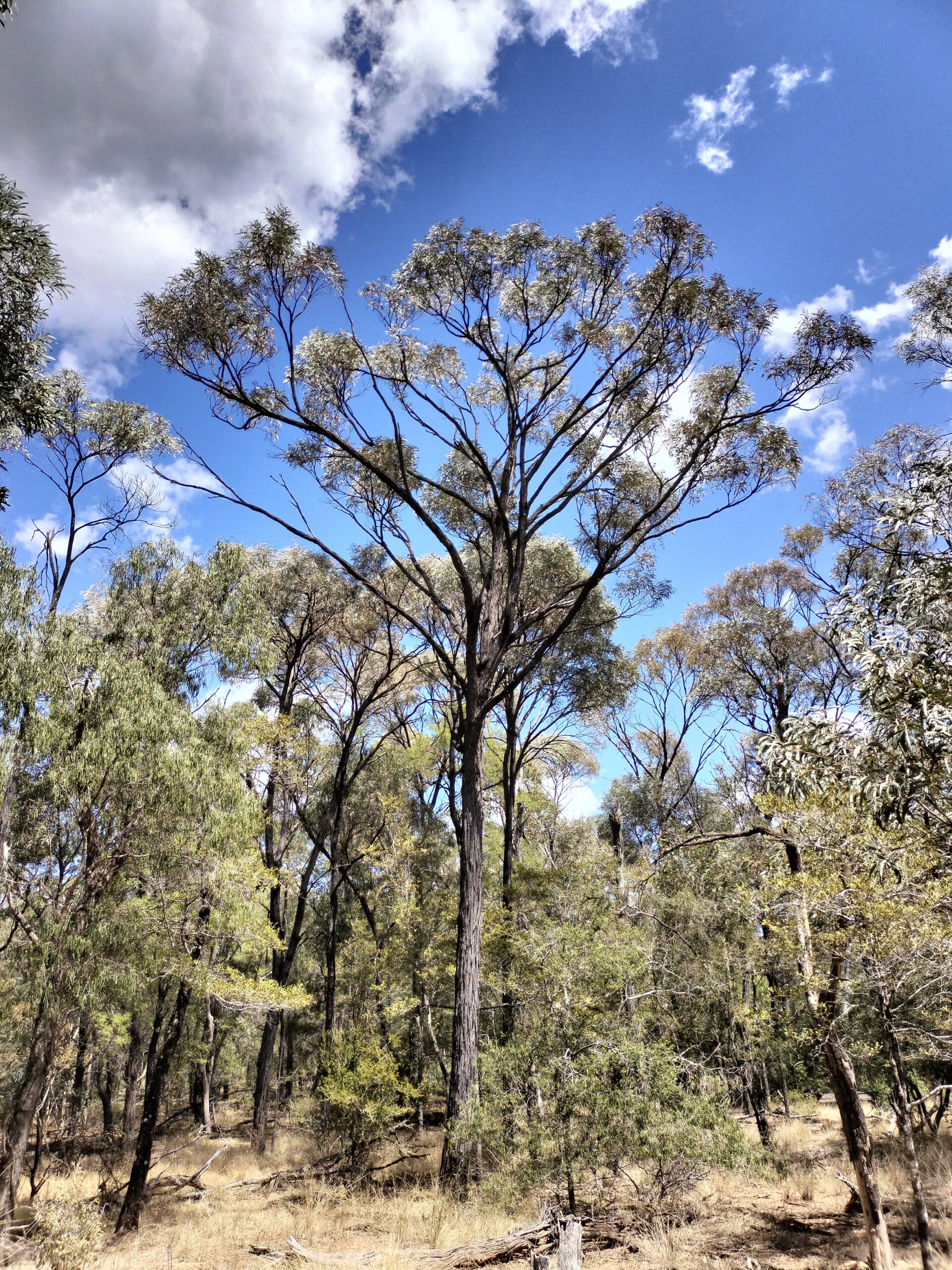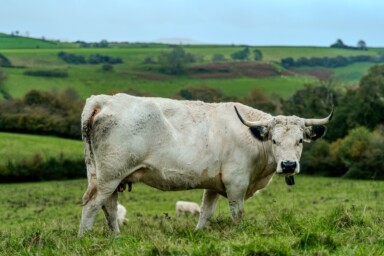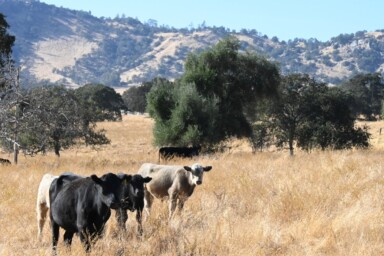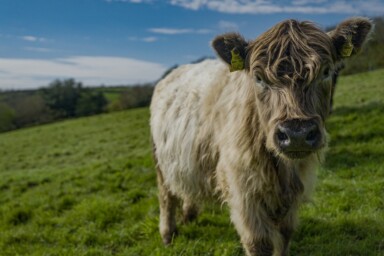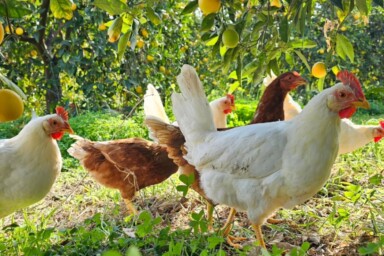An endangered Golden-shouldered Parrot returns to its termite-mound nest on a beef grazing property in Australia’s Cape York Peninsula. A partnership between graziers and conservationists is restoring the habitat of this threatened species. Photo Credit: Patrick Webster
Whilst there are wonderful examples of biodiversity co-existing with sustainable grazing, like the platypus mentioned earlier, livestock production in Australia is linked to some of our largest natural resource management problems. Land clearing to establish pastures throughout the forested regions of Australia is a major driver of biodiversity loss, carbon emissions and poor water quality outcomes, and in the northern savannas hotter, larger fires and overgrazing has degraded the condition of land and impacted ecosystem functions.
So how can we address these problems, whilst supporting the business of food production? First, we need to look for ‘win-wins’, where biodiversity conservation goals can be achieved without compromising production. I’ve had the privilege of visiting many grazing properties, and learning about how beef producers, from small, family-owned operations to immense corporate businesses managing over six million hectares (an area roughly three times the size of Wales), can manage their land to support biodiversity alongside beef production.
Whilst enhancing biodiversity on farms is essential, minimising or avoiding yield losses is also critical, as numerous studies are beginning to highlight the risks associated with ‘leakage’. Leakage is where yield reductions in one region are compensated for by an increase in another if there is no associated change in demand. With 60% of Australia’s red meat production exported to markets like the US, China, Japan and South Korea, and with demand set to increase in some of these markets, pursuing domestic conservation policies that markedly reduce yields could simply see environmental impacts exported to other beef-exporting countries like Brazil. Win-wins minimise this risk of leakage, and can also fast-track adoption of conservation strategies, as they do not rely on subsidies or payments for ecosystem services that can take a long time to be implemented and are expensive.
These win-wins look different depending on which beef producing region you are in. In Central Queensland, it might mean retaining some of the native forest as shelterbelts that provide shade and shelter for cattle and habitat for wildlife, whereas in Northern Australia savannas, it could involve managing stocking rates and utilising fire to prevent woody thickening, a process where the density of trees and woody shrubs increases in native grasslands, causing conservation and production issues. What is common between them is that they recognise and leverage the value that nature can provide for beef production. To date, the value of many of these contributions has been overlooked, often leading to the degradation of nature and reinforcing the old adage ‘you can’t manage what you don’t measure’. Recognising and measuring the value of nature to agriculture is an essential first step in moving towards more sustainable systems, but it is yet to have occurred in many of the globe’s agricultural regions, with Australia’s grazing lands no exception.
